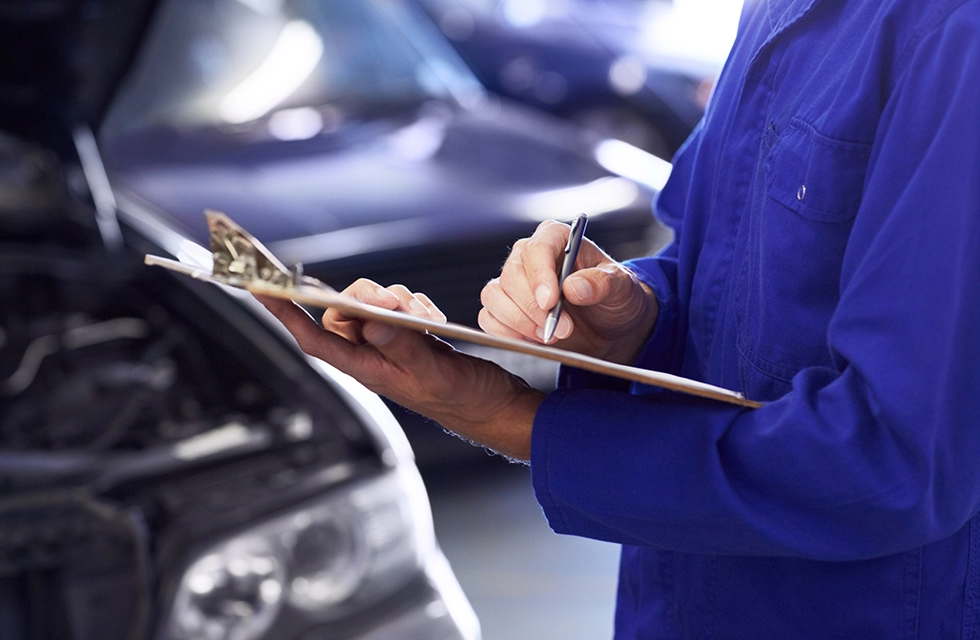Out of Joint (CV Joint and Boot Replacement)
May 19, 2024
If you have a front-wheel-drive vehicle, it has components called CV joints which enable you to turn your wheels smoothly. The CV stands for “constant velocity.” In essence, it’s a set of gears that connect a shaft that allows power from the transmission to be sent to the wheels. When you turn the wheels, no matter what angle, the input velocity rotation will be equal to the output. Thus, the name, CV (constant velocity) joint. Other vehicles with 4-wheel drive and all-wheel drive also use CV joints.
If one of your CV joints isn’t working right, you may find your vehicle difficult to handle. If one breaks, your vehicle may stop moving. So, it’s important that CV joints be in top working condition. The joints need a lot of lubrication, so they are surrounded by grease. There’s a rubber enclosure around them called the boot which holds the grease in and protects CV joints from the elements.
The biggest problems come when one of those rubber boots cracks. Water and dirt can then get into the joint, causing it to wear down and lose all its vital lubrication. It’s important to have your CV joints inspected regularly so a technician can spot cracks before the CV joints are ruined. Sometimes just the boot can be replaced before any major damage is done. But when the joint does go bad, it must be replaced.
Signs your CV joint needs changing out? You might hear a clicking sound when you turn if the CV joint is worn out. You might notice some thick, black grease around your wheel or on the pavement where you park your vehicle. You might also feel your vehicle vibrate when you’re going fast.
If you suspect you might have a bad CV joint, bring your vehicle in so a technician can determine what’s going on. Keep your CV joints in good shape and reduce the risk of them seizing up at an inopportune time so you can avoid being stranded.
Auto Lab Troy
2790 West Maple Rd.
Troy, Michigan 48084
(248) 643-7690
auto-lab-troy.autotipsblog.com
Need Service?
More articles from Auto Lab Troy

It's (Not) Complicated (Engine Air Filter)
December 22, 2024
While many components of your vehicle are complex and composed of lots of mechanical and electrical parts, there's one that isn't complicated but still important. It's your engine air filter. (And, we should point out, the engine air filter isn't to be confused with the cabin air filter. The ca... More

Putting a Stop to Brake Problems (Brake Service)
December 15, 2024
It's safe to say that most drivers take their brakes for granted. You press on the brake pedal and the vehicle slows down or stops. It's easy to see why it is so important for your vehicle's brakes to be working correctly. Brakes are an important safety feature of any vehicle. When it comes to... More

Why is Air Not Coming Out of My Vents?
December 8, 2024
You climb inside your vehicle, start the ignition, and reach for the fan control for the heating or air conditioning. But when you try to crank it up, no air comes out of the vents. It can make for a very uncomfortable trip, whether its hot or cold outside. Its important for the comfort of you a... More










